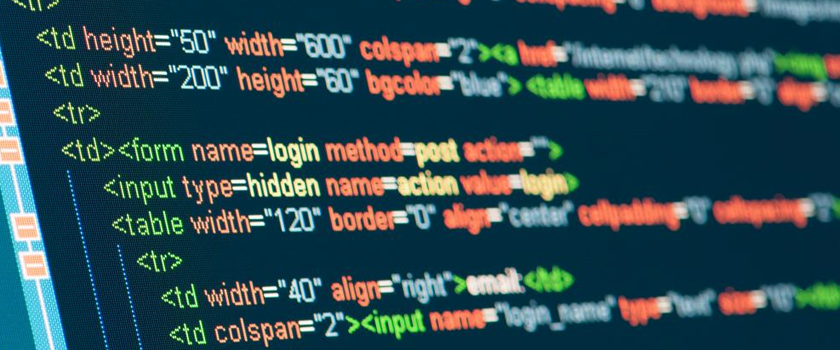So many tags… I’m fully puzzled!
On occasion you may find tags that you don’t know their meaning when translating a file. You don’t know such tags shall be kept or removed and whether you should leave a space between the tag and the prior and following character, especially when the target language is simplified/traditional Chinese.
Due to different syntax and expression conventions between the source language and target language, you may have to change the order of the source text for smooth and natural expression in the target language. In such cases, you may don’t know how to move the tags. If you happen to have these problems, I hope this blog is useful for you.
General Information
- HTML tags are tag names surrounded by angle brackets .
- HTML tags generally come in pairs (an opening tag and closing tag), such as and . In case one tag is missing, an error will occur and the tag pair will fail to work correctly.
- The text to be defined by the tags is written between the pair.
Common HTML tags and their meaning
| HTML tag | Description |
| The text between these tags will be bold-faced | |
| The text between these tags will be italicized | |
| The text between these tags will be underlined | |
| Create a reference and the text between these tags is generally italicized | |
| The text between these tags will be emphasized | |
| The text between these tags will be strongly emphasized | |
| The text between these tags is a variable name | |
| The text between these tags is a superscript | |
| The text between these tags is a subscript | |
| The text between these tags is a link | |
| The text between these tags are HTML paragraphs | |
| Use the tag to insert a line break without creating a new paragraph |
Along with the above HTML tags, you may find some HTML codes for punctuation and other characters, such as “, & and ˜. Without knowing their meaning, you may fail to grasp the proper meaning of the entire sentence. Below are some common HTML codes for your reference.
Common HTML Codes and their meaning
| HTML codes | Description | Display |
| “ | Double Quote | “ |
| & | Ampersand | & |
| ˜ | Vertical Bar | ~ |
| ‘ | Left Single Quote | ‘ |
| ’ | Right Single Quote | ’ |
| “ | Left Double Quote | “ |
| ” | Right Double Quote | ” |
| – | En Dash | – |
| — | Em Dash | — |
| ™ | Trademark | ™ |
| › | Right Single Angle Quote | › |
| ® | Registered Symbol | ® |
| © | Copyright | © |
After knowing their meaning, let’s come back to the above problems:
1) Can I remove the tags?
No, you cannot remove the tags, or you will destroy the file’s format. However, there is an exception. Sometimes the apostrophe (‘) displays as “’”, and you shall remove it when you do an E-C translation job. For example: This is Tom’ book. When you translating this sentence, the apostrophe mark “’” shall be deleted, because this is unnecessary in your Chinese translation.
2) Shall I leave a space between the tag and the prior and following character? (E-C translation)
It depends on the text between the tags. Please always insert a single-byte space between non-Chinese characters (i.e. Latin letters/Arabic numbers) and Chinese characters. The only exception is between non-Chinese characters and Chinese punctuations; in this case, space is not necessary. Sometimes, the tags are included in the file, which separate the text apart so that you shall pay more attention to avoid adding more spaces or forgetting to insert a space in your translation.
3) How to move the tags when it is necessary?
As we all know, the most tags come in pairs, so you have to move the pair of tags simultaneously. For example: Please refer to section [tag1]1[tag 1] on page [tag2]2[tag2]. Due to the Chinese expression conventions, you have to change the order of the source text, and your translation will reads as follows: 请参考第 [tag2]2[tag2] 页的第 [tag1]1[tag 1] 章。
There are two points you need to pay attention:
1) The tags shall be moved in pair.
2) Because the text between the tags is a number, so you shall leave a space between the tag and the prior/following Chinese character.
Now I hope you have a clearer idea of HTML tags. Based on this knowledge, you could improve your translation quality and speed when dealing with the files with many HTML tags and codes.









